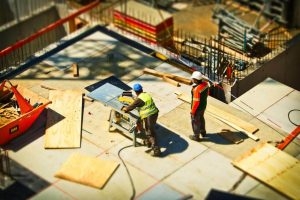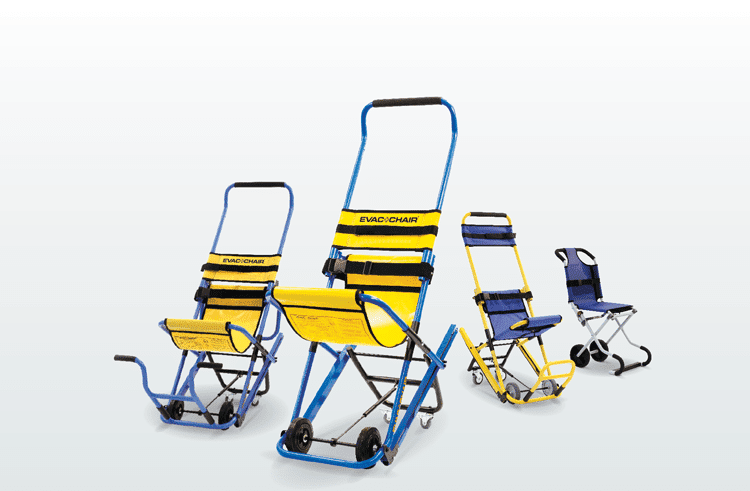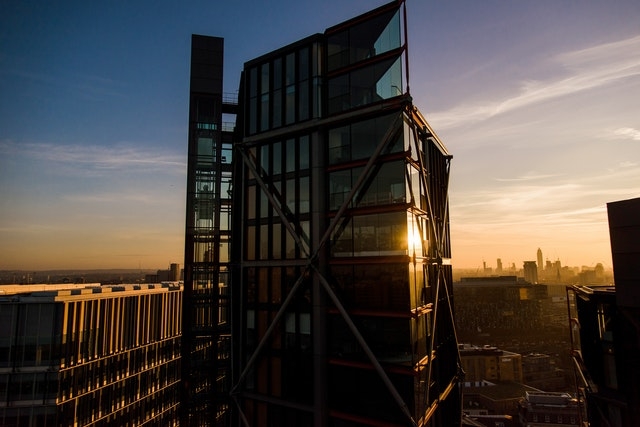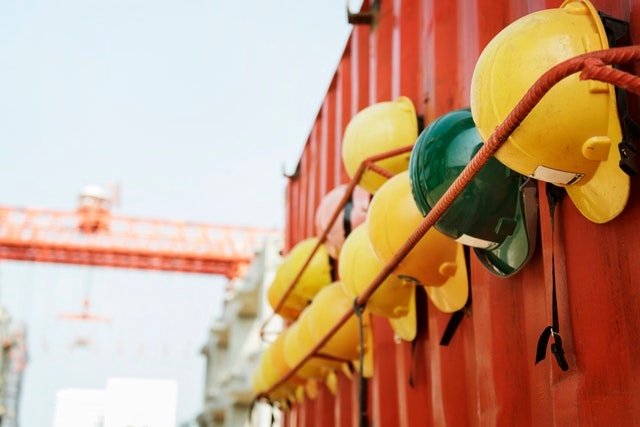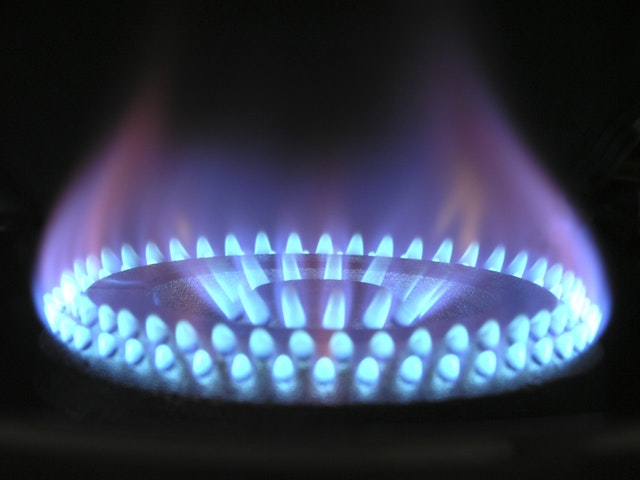
Carbon Monoxide (CO) is a colourless, tasteless, odourless, non-irritating gas produced as a by-product during incomplete combustion of fuels due to there being insufficient oxygen present. Complete combustion occurs when sufficient oxygen is present and leads to the production of carbon dioxide. Most combustion processes (natural or man-made) produce some Carbon Monoxide. We review the harmful effects of Carbon Monoxide and legislation changes relating to Carbon Monoxide alarms which are due to come into force in October 2022.
How are we Exposed to Carbon Monoxide?
A good and often reported example is home boilers that are installed incorrectly and the use of BBQs and portable generators inside homes, caravans and tents. Inhaling smoke from a house fire may lead to Carbon Monoxide exposure.
Smokers can face a greater risk as cigarettes are the major source of Carbon Monoxide. The use of shisha or hooka pipes may also lead to exposure. Exposure to low levels of Carbon Monoxide can occur outdoors, as it is produced by vehicle exhausts and industrial processes. Very small amounts of Carbon Monoxide are also produced naturally in the human body, though this is not linked to health problems. (Source - https://www.gov.uk/government/publications/carbon-monoxide)
The Harmful Effects of Carbon Monoxide
Carbon Monoxide has earned itself the name “The Silent Killer”.
.Carbon Monoxide poisoning symptoms are similar to those of influenza, food poisoning, viral infections, fatigue or a hangover which makes it easy to mistake this very dangerous poisoning for something else.
There are six main symptoms of Carbon Monoxide poisoning:
- Headaches
- Dizziness
- Nausea
- Breathlessness
- Collapse
- Loss of consciousness
There are also other signs that could indicate Carbon Monoxide poisoning, such as:
- Symptoms occur when you are at home but seem to disappear when you leave the building.
- Others in your household (including pets) are experiencing similar symptoms at a similar time.
It’s important to know the signs of a Carbon Monoxide leak in your home, because knowing the signs can ensure you aren’t exposed to dangerous levels of Carbon Monoxide for an extended period of time. Every second counts as once you have fallen asleep, you will continue to inhale the poison and the consequences could be fatal.
What to do if you Suspect Carbon Monoxide Poisoning
- Don’t delay, take immediate action - get fresh air immediately.
- Open doors and windows, turn off gas appliances and leave the house.
- See your doctor immediately or go to hospital. They can do a blood or breath test to check and can advise if you need treatment for Carbon Monoxide poisoning.
- If you think there is an immediate danger, call the Gas Emergency Helpline on 0800 111999 (GB) or the relevant service for your area.
What is Changing?
From the 1 October 2022, The Smoke and Carbon Monoxide Alarm (Amendment) Regulations 2022 come into force. Currently, landlords must have one smoke alarm fitted per storey and a carbon monoxide alarm where there is a solid fuel appliance, such as an open fire.
For landlords, the main change is to the requirement regarding carbon monoxide alarms. Carbon Monoxide alarms will now be required where there is any fitted combustion appliance, other than a gas cooker. This means gas and oil fired boilers, which previously did not require a Carbon Monoxide alarm, will now be required to have one. As a result, a Carbon Monoxide alarm will be required unless a property has entirely electric heating. A Carbon Monoxide alarm can be battery operated and does not need to be wired in.
There is also a requirement in the regulations for landlords to replace or repair any non-working Carbon Monoxide alarm as “soon as reasonably practicable” (As soon as practicable means as soon as possible and practical taking into account all of the facts and circumstances in the individual case), if a tenant or their representative reports it as not working.
There will be very limited transitional provisions and all tenancies in place on 1 October 2022 must have a Carbon Monoxide detector and alarm fitted by that date. This will apply to tenancies that are already in place and landlords and agents will need to take urgent action to ensure that properties have alarms in place by that date. All social landlords will also need to comply with the changes to Carbon Monoxide alarm regulations, not just landlords in the private rental sector.
Enforcement of the regulations remains with the Local Authority who can serve a remedial notice and, if that notice is not complied with, issue a penalty of up to £5,000.

